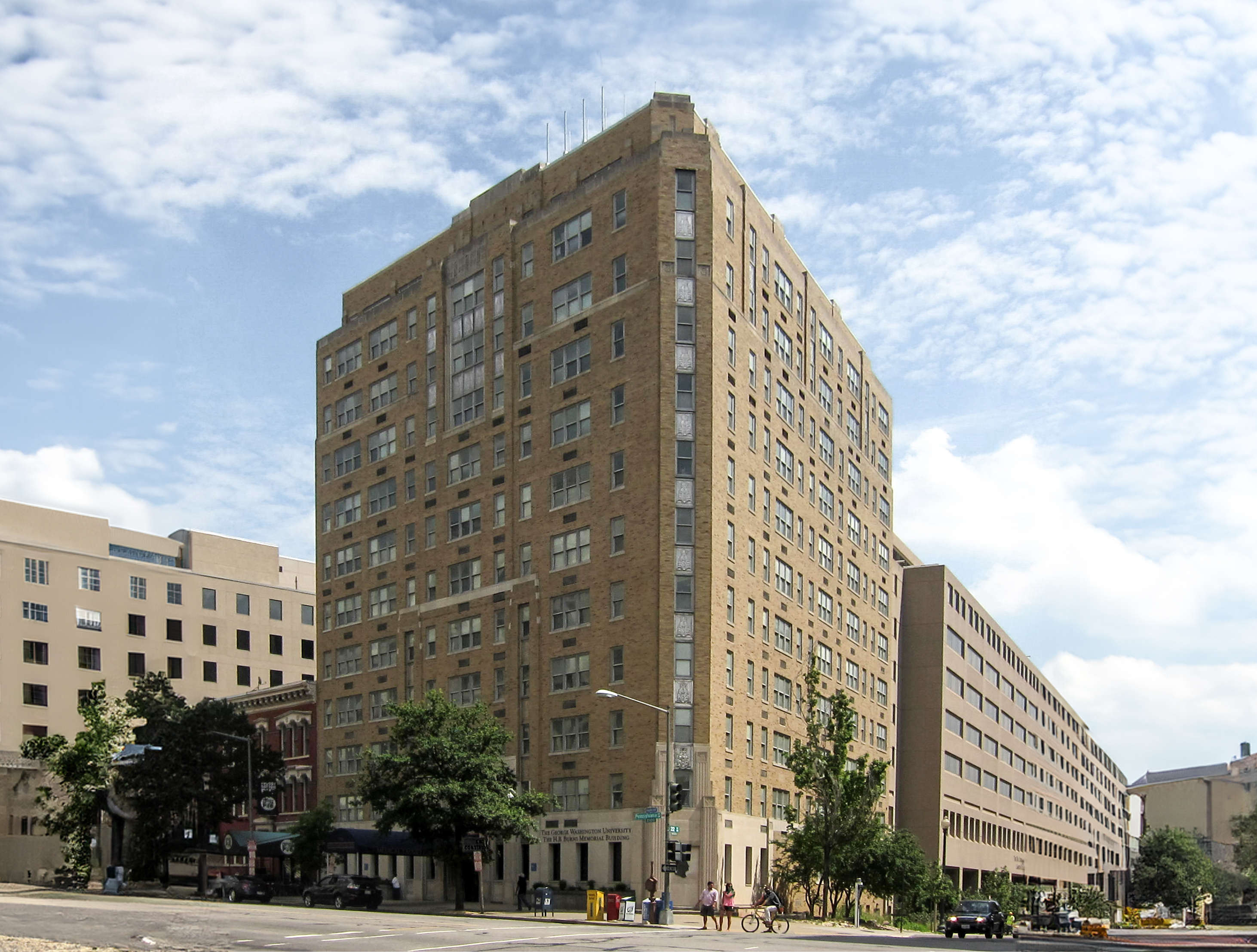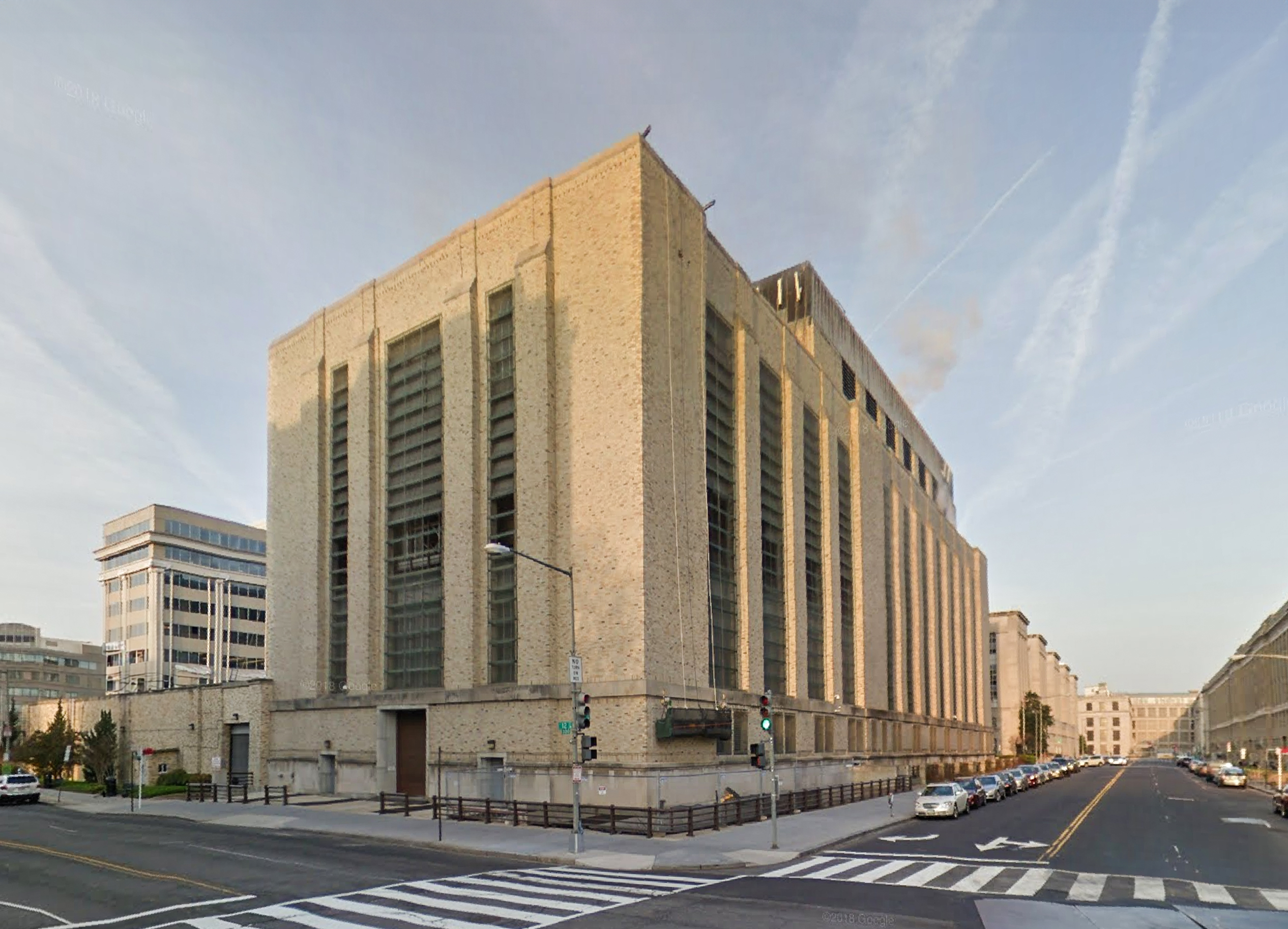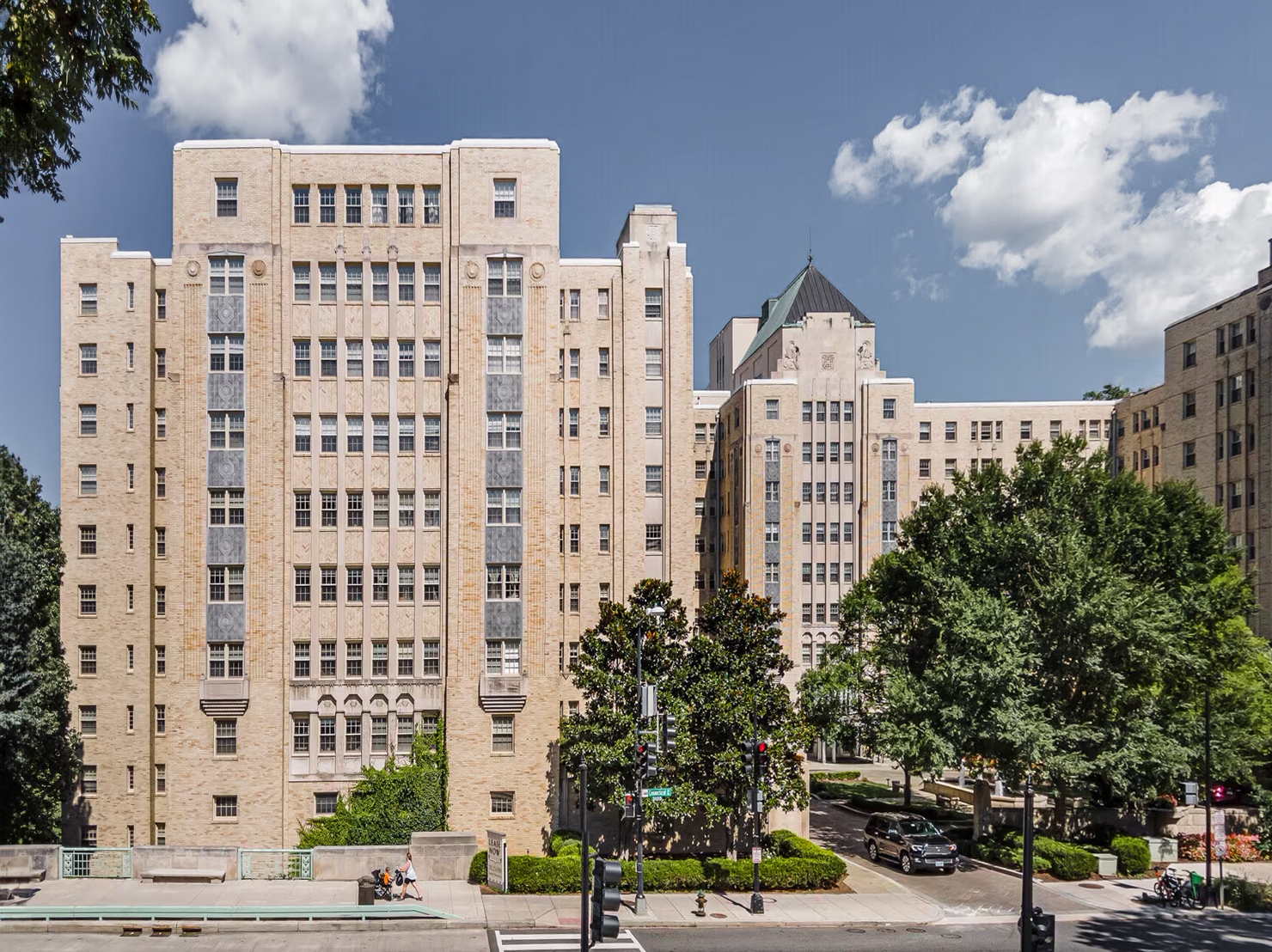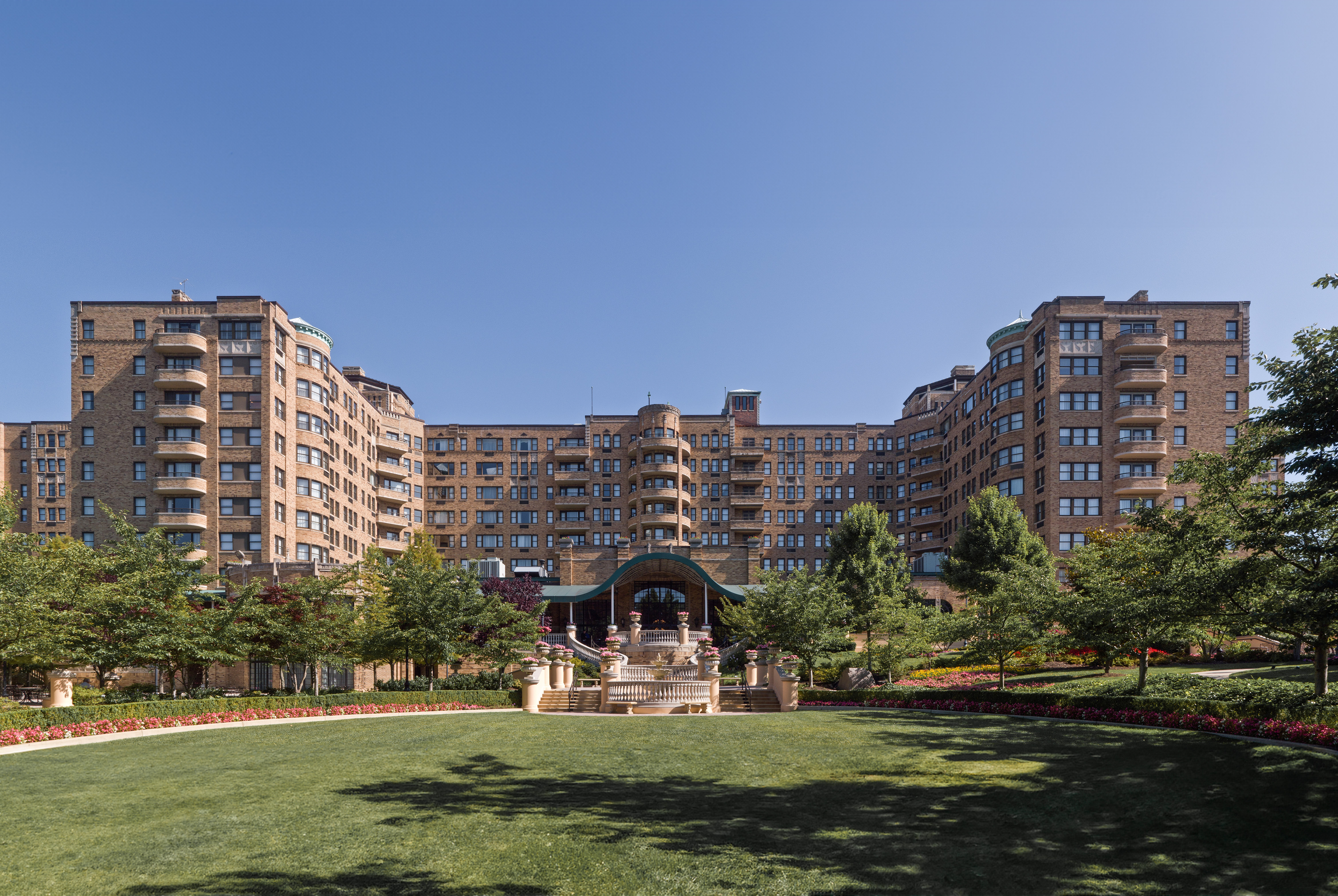The The Keystone Building is an Art-deco skyscraper designed by Robert O. Scholz, and built in 1931 in Washington DC, DC.
The Keystone Building is not the only name you might know this building by though. It is common for companies to want to attach their names to iconic buildings when they move in, or for the general public to come up with nicknames, and this one is no exception. The The Keystone Building is also known, or has been known as, H.B. Burns Memorial Building, or Medical Faculty Associates.
Its precise street address is 2150 Pennsylvania Avenue, Washington Dc, DC. You can also find it on the map here.
The The Keystone Building is a structure of significant importance both for the city of Washington DC and the United States as a nation. The building embodies the distinctive characteristic features of the time in which it was built and the Art Deco style. Because of that, the The Keystone Building was officially included in the National Register of Historic Places on June 18th 2010.




